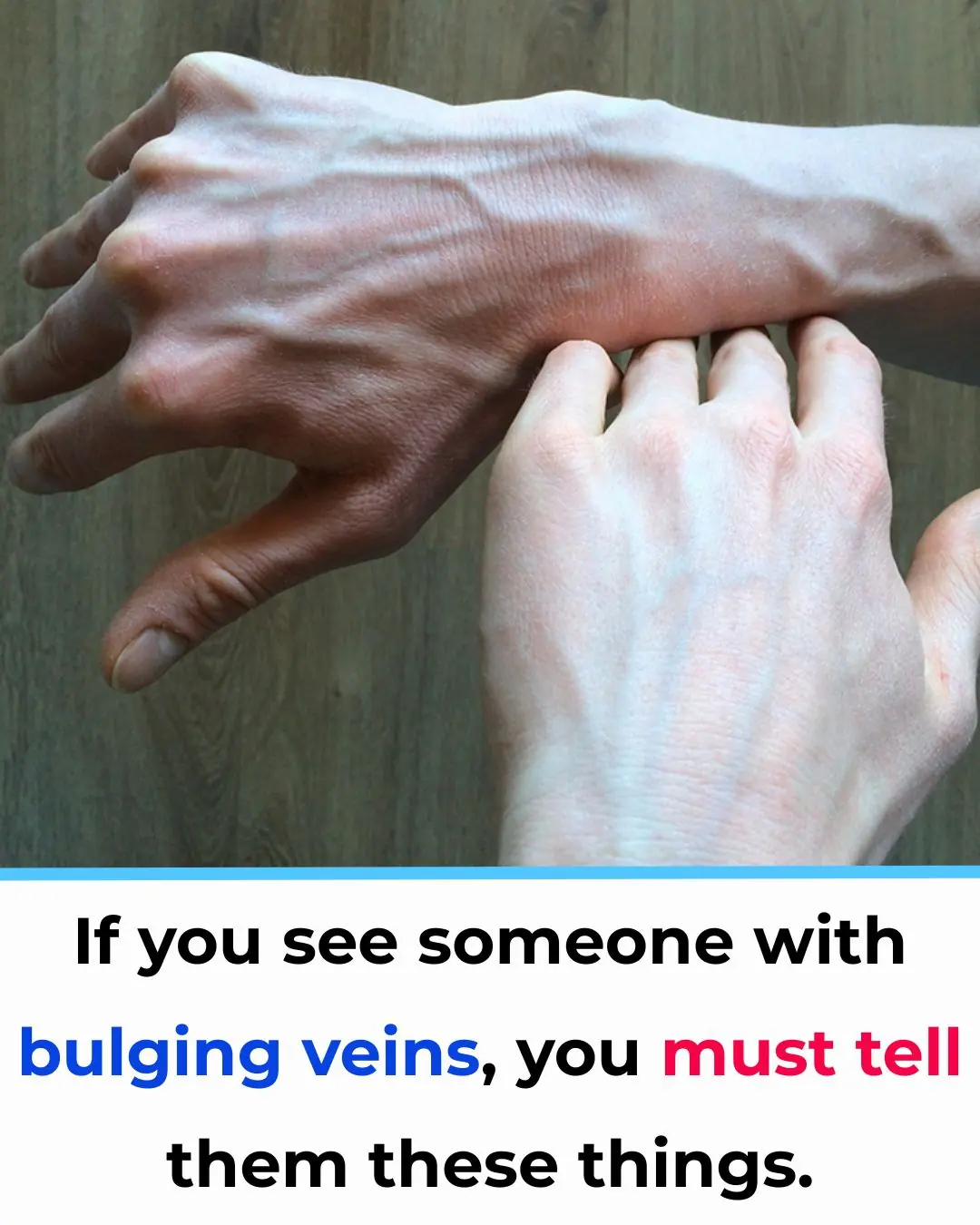
12 Weird Diabetes Skin Problems You Need To Know

Have you ever noticed unexplained changes in your skin? For those living with diabetes—or at risk—your skin can be an early warning system. From dark patches to sores that won’t heal, skin issues can offer vital clues about blood sugar levels, insulin resistance, and your overall metabolic health.
Surprisingly, up to one-third of people with diabetes will experience a related skin condition during their lifetime. Identifying these changes early can make a significant difference in managing the disease and preventing serious complications.
Let’s dive into 12 skin conditions linked to diabetes—what they look like, what they mean, and how to respond.
🩺 Common Skin Conditions Linked to Diabetes
1. Necrobiosis Lipoidica
Necrobiosis lipoidica begins as small, red bumps that develop into shiny, yellowish-brown patches, usually on the lower legs. The skin in these areas may become thin, and visible blood vessels can appear. Patches may itch, crack, or become ulcerated.
-
What it means: This condition is often associated with long-term diabetes and signals poor blood flow or collagen changes in the skin.
2. Acanthosis Nigricans
This condition presents as dark, velvety skin patches found in body folds such as the neck, armpits, or groin.
-
What it means: Often a sign of insulin resistance, this may be an early indicator of prediabetes or type 2 diabetes. It's especially common in people who are overweight or have PCOS.
3. Digital Sclerosis
If your fingers become tight, thick, and waxy, you might be experiencing digital sclerosis. It can affect the hands, fingers, and even knees, leading to stiffness and reduced mobility.
-
What it means: This is a result of poor blood sugar control and collagen buildup in the skin.
4. Diabetic Blisters (Bullosis Diabeticorum)
These painless blisters resemble burn blisters and appear spontaneously, often on the hands, feet, or legs.
-
What it means: Though rare, they signal advanced nerve damage or poor blood circulation caused by diabetes.
5. Skin Infections
People with diabetes are more prone to bacterial and fungal infections, including:
-
Candida (yeast) infections
-
Athlete’s foot
-
Boils and styes
-
What it means: High blood sugar impairs the immune system, making the skin more vulnerable to infections.
6. Shin Spots (Diabetic Dermopathy)
Also known as “shin spots,” these appear as light brown, scaly patches on the shins and may resemble age spots.
-
What it means: Often harmless, they indicate blood vessel damage from long-term high blood sugar.
7. Eruptive Xanthomatosis
This condition presents as yellowish-red bumps that appear suddenly, often on the buttocks, thighs, or elbows. They may itch or be tender.
-
What it means: A sign of poorly controlled diabetes and high triglyceride levels. Immediate blood sugar management is essential.
8. Granuloma Annulare
These are raised, ring-shaped lesions that can appear red, skin-colored, or purple, typically on the fingers, hands, or feet.
-
What it means: Although the exact link to diabetes isn’t clear, it’s more common in those with the condition.

9. Dry, Itchy Skin
Chronically high blood sugar can lead to dehydrated, itchy, and cracked skin, especially on the legs, arms, and feet.
-
What it means: Dryness can lead to infections or skin breakdown. Hydration, moisturizers, and glucose control are key.
10. Xanthelasma
These are yellow, fatty deposits that develop around the eyelids and are often linked to high cholesterol and triglycerides.
-
What it means: May signal underlying diabetes or metabolic syndrome and should not be ignored.
11. Skin Tags
Small, soft growths that hang from the skin—often found on the neck, eyelids, or armpits.
-
What it means: While harmless, an increase in skin tags may be linked to insulin resistance and is worth checking out if new ones appear frequently.
12. Slow Healing Cuts & Blisters
Even minor cuts, scrapes, or rashes can take longer to heal for people with diabetes. There’s also a greater risk of infection due to impaired circulation and nerve damage.
-
Care Tips:
-
Wash wounds gently with warm water and mild soap
-
Apply an antibiotic ointment
-
Cover with a clean, sterile bandage
-
Avoid popping blisters
-
Change bandages daily
-
👨⚕️ Expert Advice: Dr. Ergen on Skin and Diabetes

Dr. Ergen emphasizes the importance of taking skin changes seriously. Here’s what he recommends:
✅ Get Tested Early
If you notice unusual skin symptoms like persistent rashes, infections, or pigmentation changes, get screened for diabetes. Skin issues often appear before other diabetes symptoms.
✅ Manage Diabetes Proactively
-
Maintain consistent blood sugar levels
-
Follow a balanced diet rich in fiber and low in added sugars
-
Stay physically active
-
Take medications as prescribed
-
Manage cholesterol and blood pressure
✅ Perform Daily Foot Inspections
Diabetic foot issues are a major concern. Make daily checks part of your routine:
-
Look for cuts, redness, swelling, or blisters
-
Use a mirror to check soles or ask for help
-
Watch for signs of fungal infections or neuropathy
✅ Know the Signs of Poor Control
Red flags of poorly managed diabetes include:
-
Frequent skin infections
-
Slow wound healing
-
Itching or tingling
-
Discoloration or unexplained rashes
🧠 Final Thoughts: Your Skin Is Talking—Are You Listening?
Your skin is more than a surface—it’s a mirror of your internal health. By recognizing early signs of diabetes on the skin, you can take action before more serious complications develop.
✔️ Don’t ignore persistent skin changes
✔️ Talk to a healthcare provider if you see signs like discoloration, sores, or unusual growths
✔️ Manage your blood sugar as a top priority
Healthy skin starts from the inside out. Pay attention, take care, and stay ahead of diabetes—one spot at a time.
News in the same category

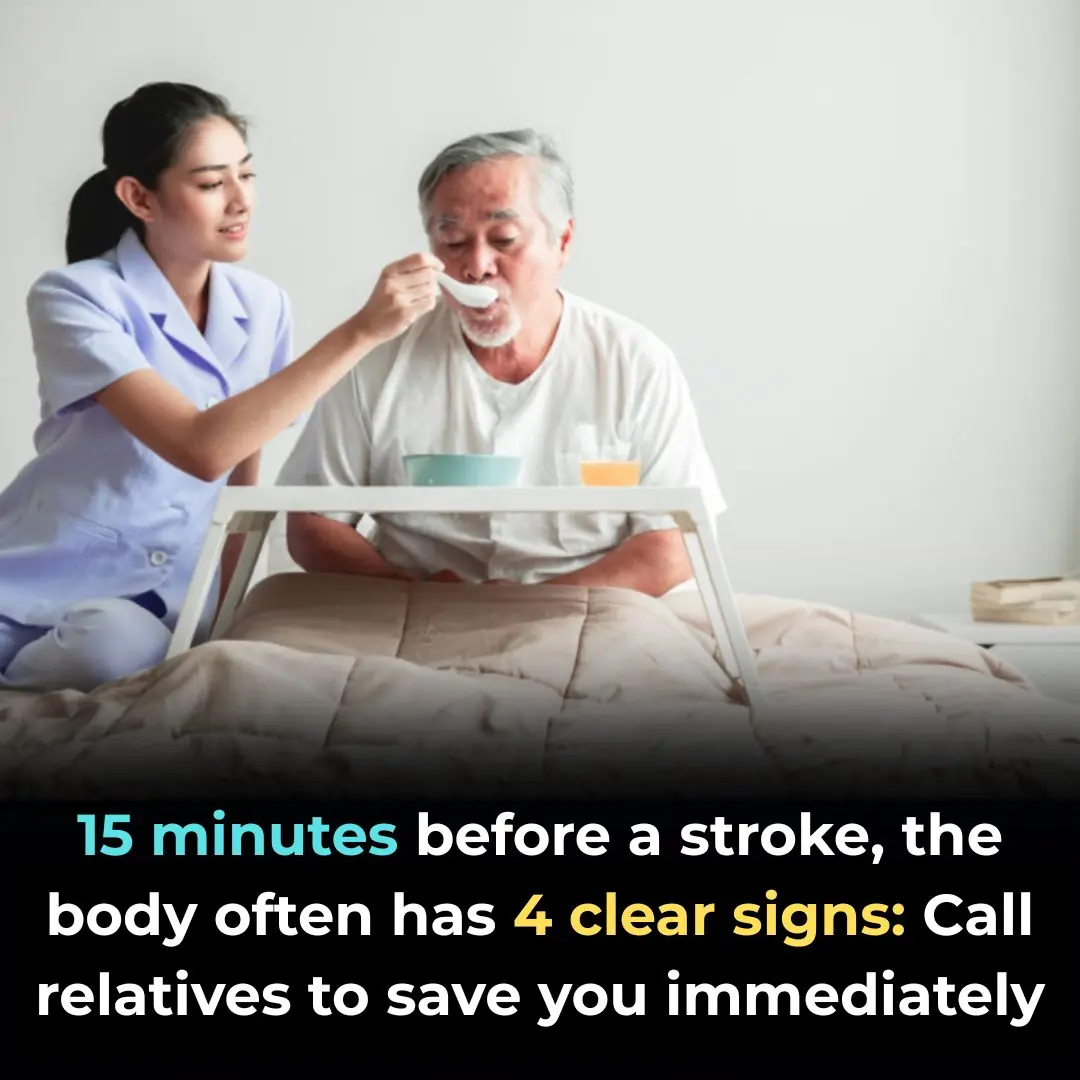
4 Clear Signs That Appear 15 Minutes Before a Stroke: Call for Immediate Help

Alarming Study Links Eating Ramen Often to Early Death

3 Ways to Stop Acid Reflux Naturally

Don’t go to sleep without taking this — 1 cup before bed clears excess sugar

Warning to People Who Regularly Walk Around Their Homes Barefoot

Doctors REVEAL that guava leaf tea causes in...
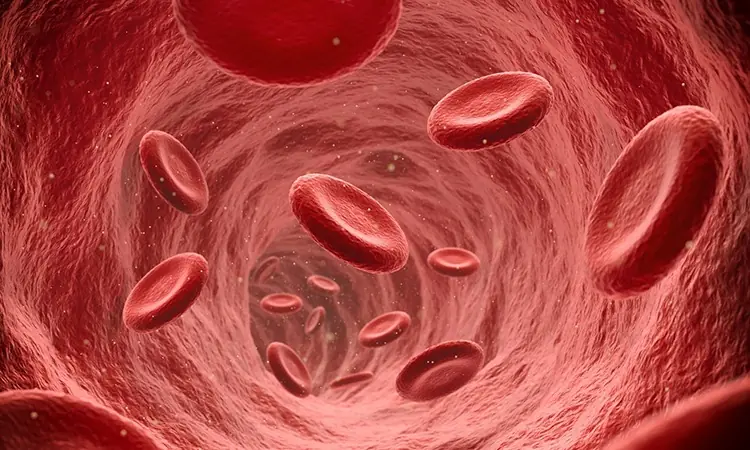
Simple Ways to Lower Cholesterol Naturally

10 Simple Lifestyle Changes That Drastically Reduce Your Stroke Risk

Ginger and Red Date Tea: The 97-Year-Old Grandma’s Secret Longevity Drink
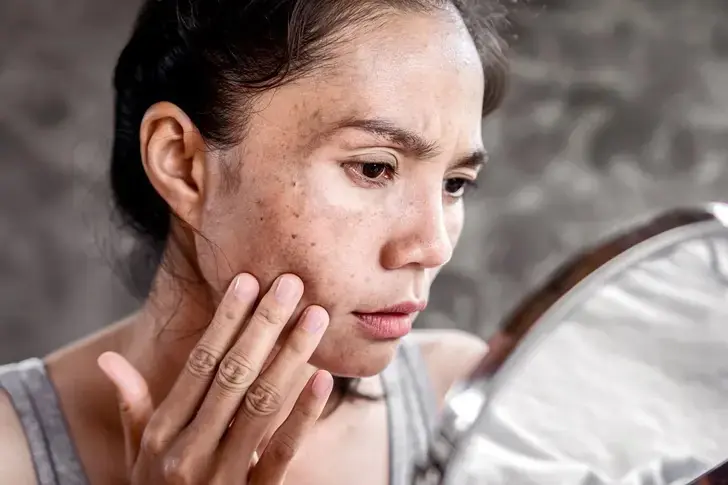
How to Remove Age Spots Naturally with Lemon Juice

Molasses Stops Insulin Resistance Almost Immediately — Here's How to Use It
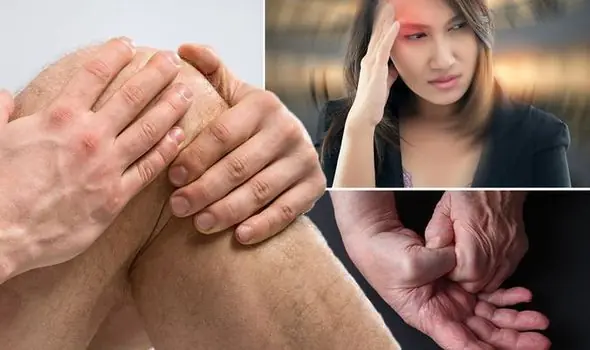
15 Silent Signs You’re Dangerously Low on Vitamin B12

The Potassium Powerhouse: What Eating Bananas Daily Does to Your Blood Pressure
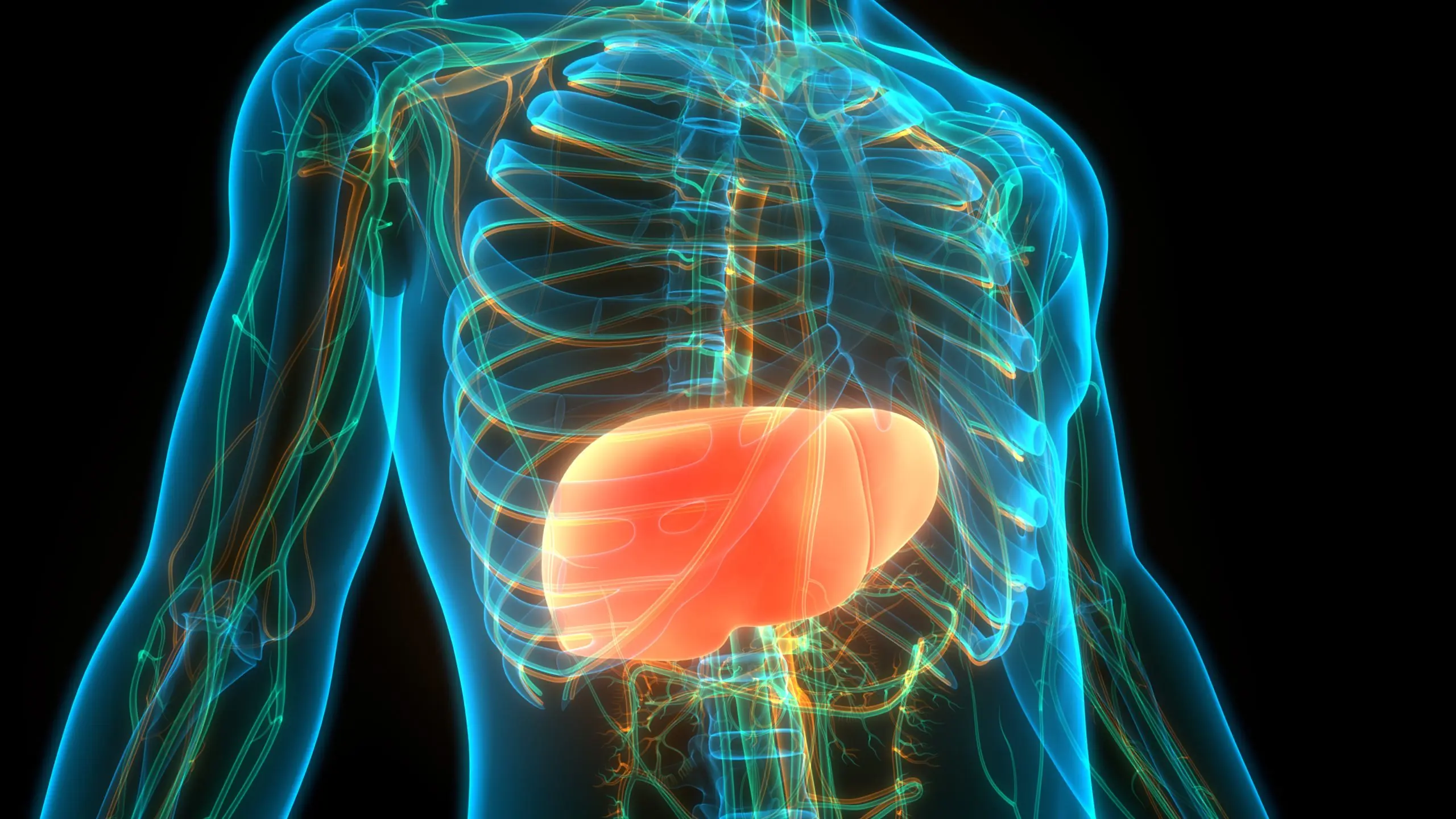
A Powerful Two-Ingredient Mixture for Cleansing Your Liver
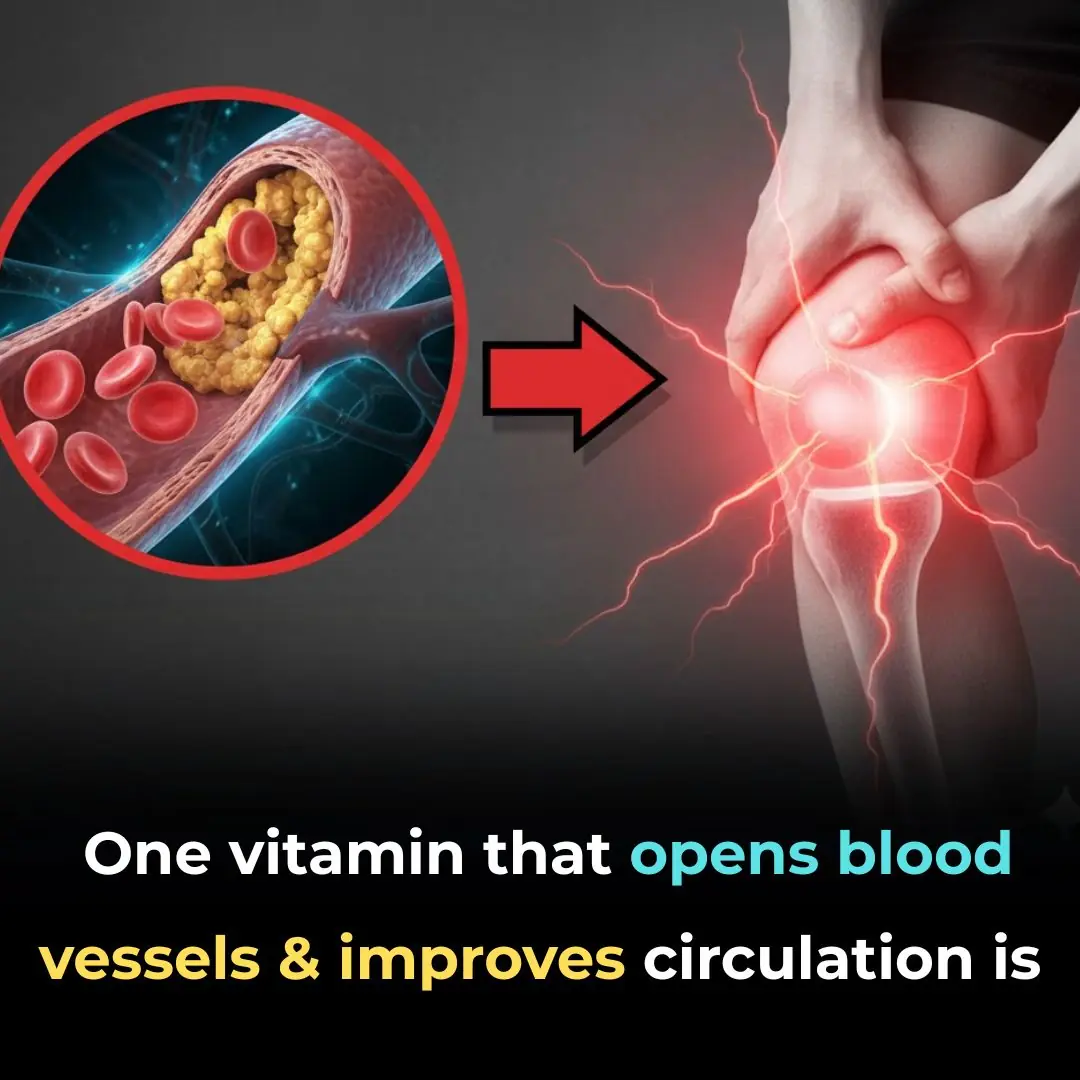
One Vitamin That Could Transform Your Circulation
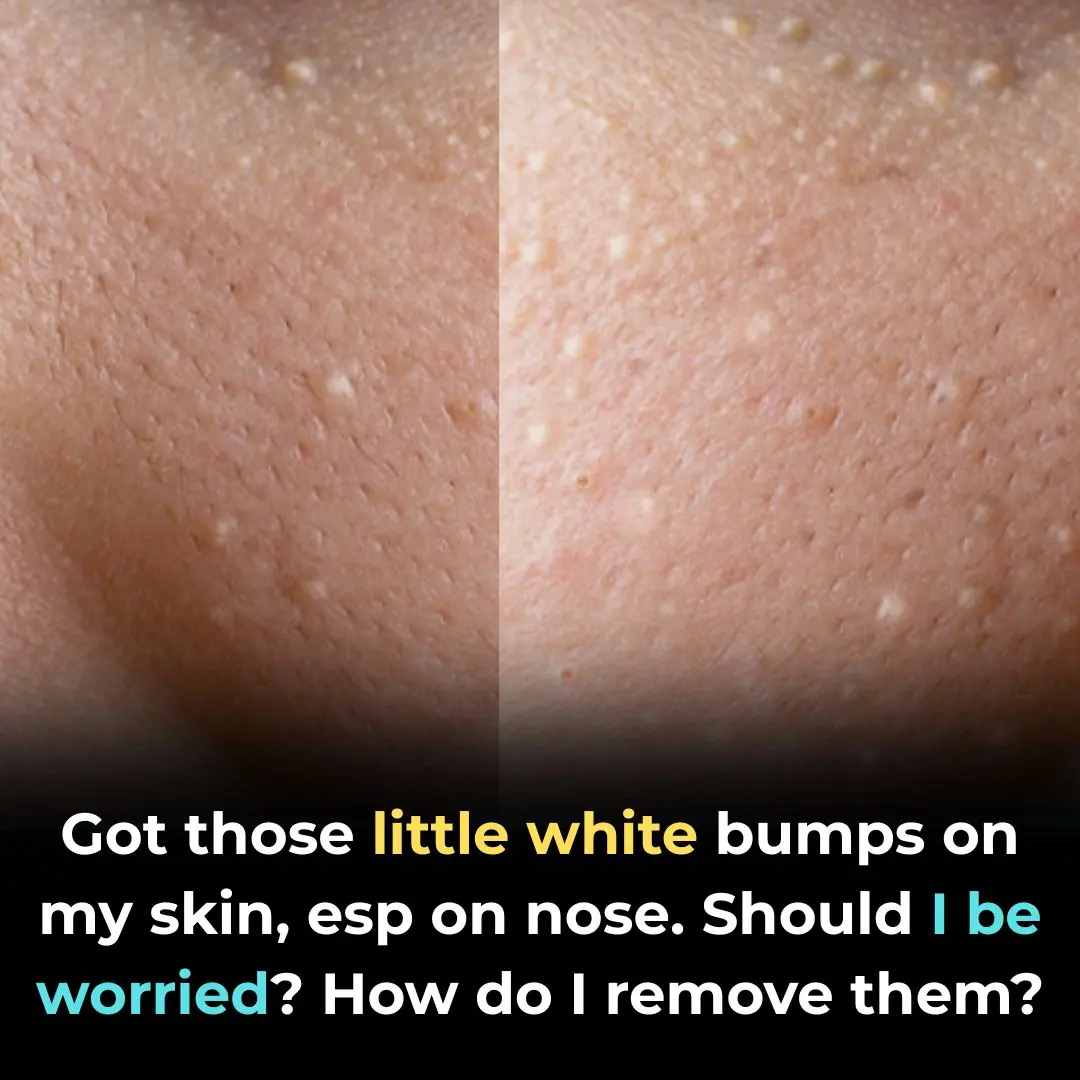
White Bumps on Your Face Don’t Try to Remove Them

Signs and Symptoms That May Indicate High Cholesterol Levels
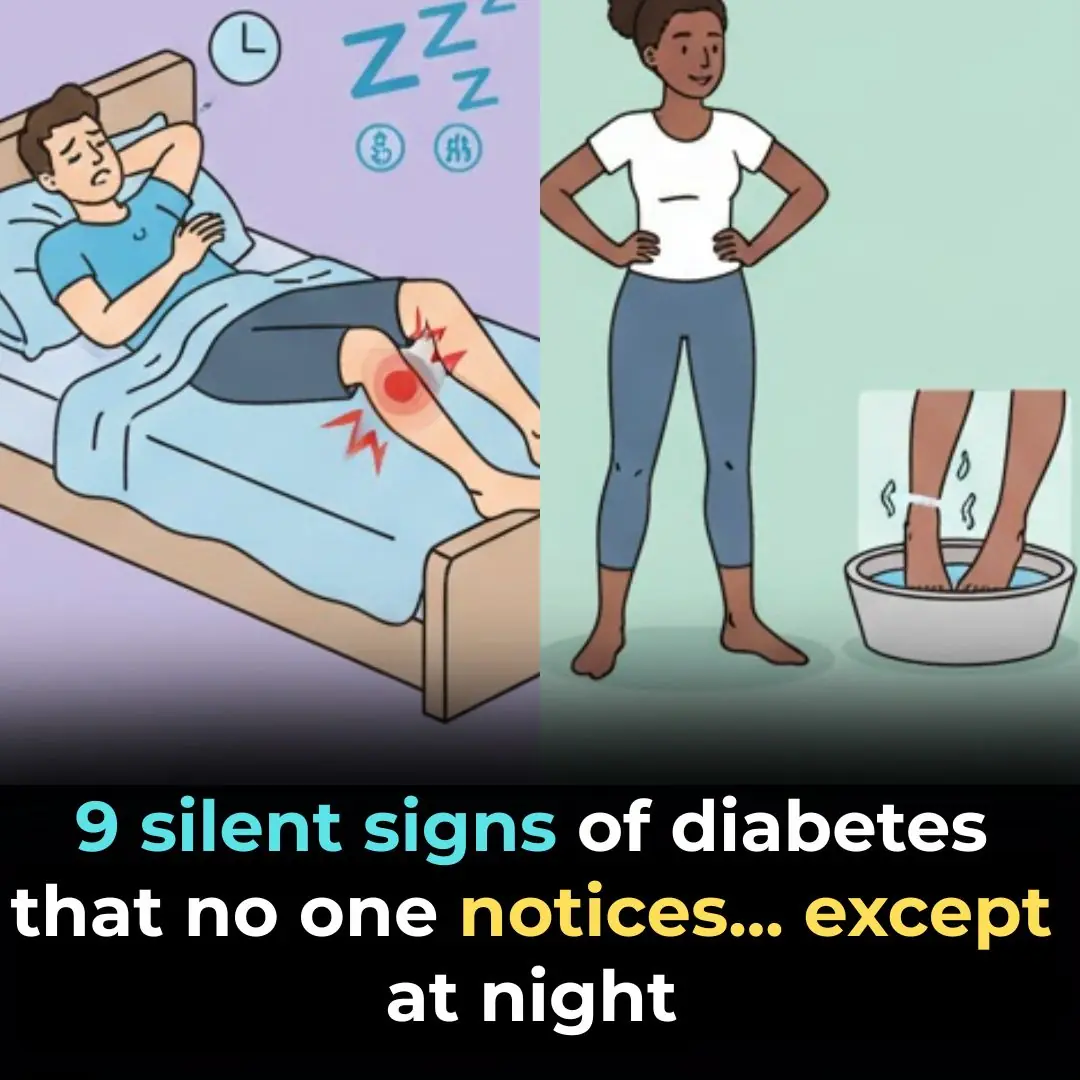
9 Signs of Diabetes That Appear at Night: What You Need to Know!
News Post

Ginger, Soursop, Sorrel, and Turmeric – The Miracle Drink
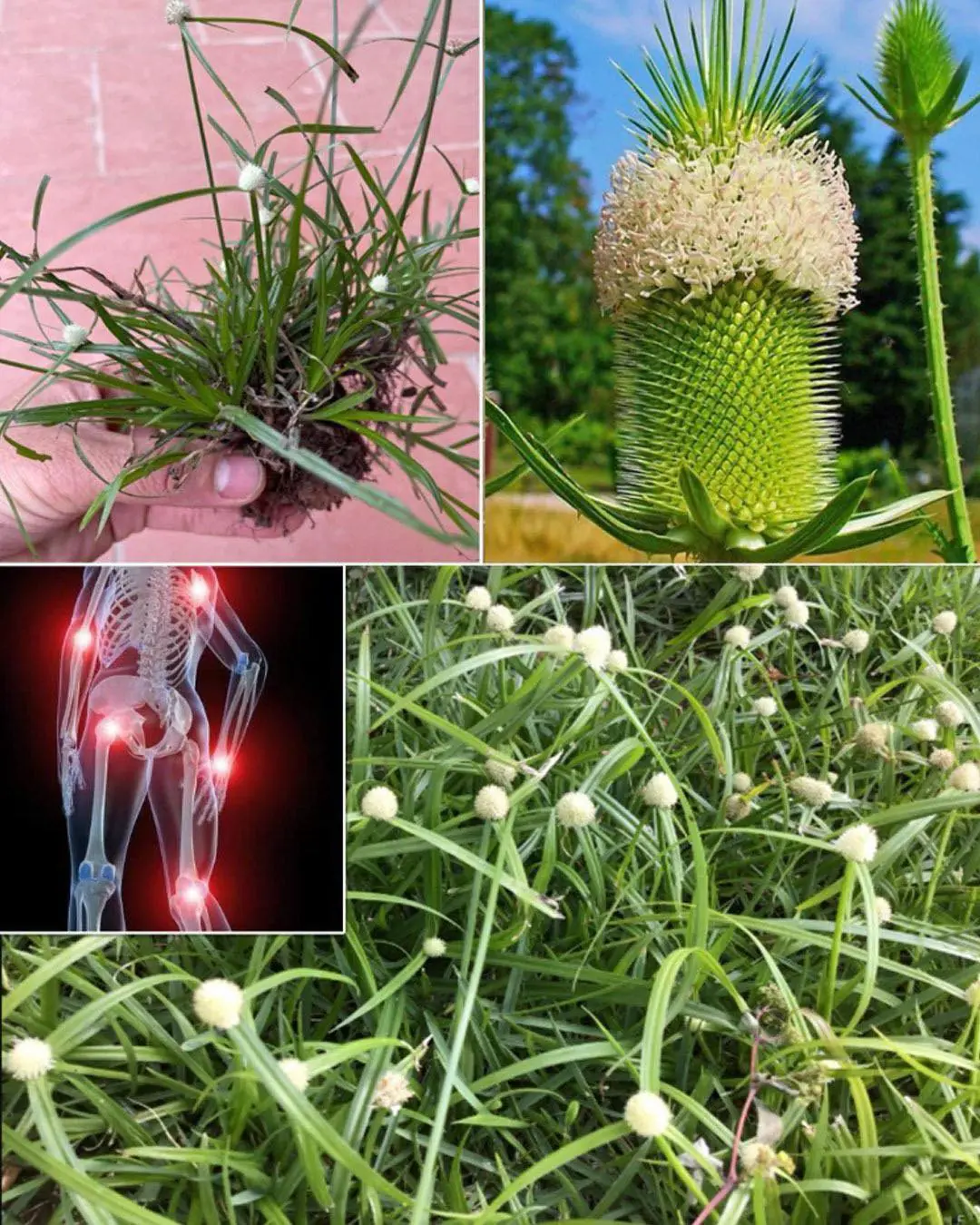
Kyllinga brevifolia (Rottb): Benefits and How to Use It

Purslane: The Superfood That Tastes Better Than Meat – 7 Reasons to Grow It in Your Garden

Papaya releases a milky sap, but most people don’t realize how important it is

Discover The Miraculous Benefits of Moringa

Bryophyllum Calycinum (Kalanchoe Pinnata): Benefits and Uses
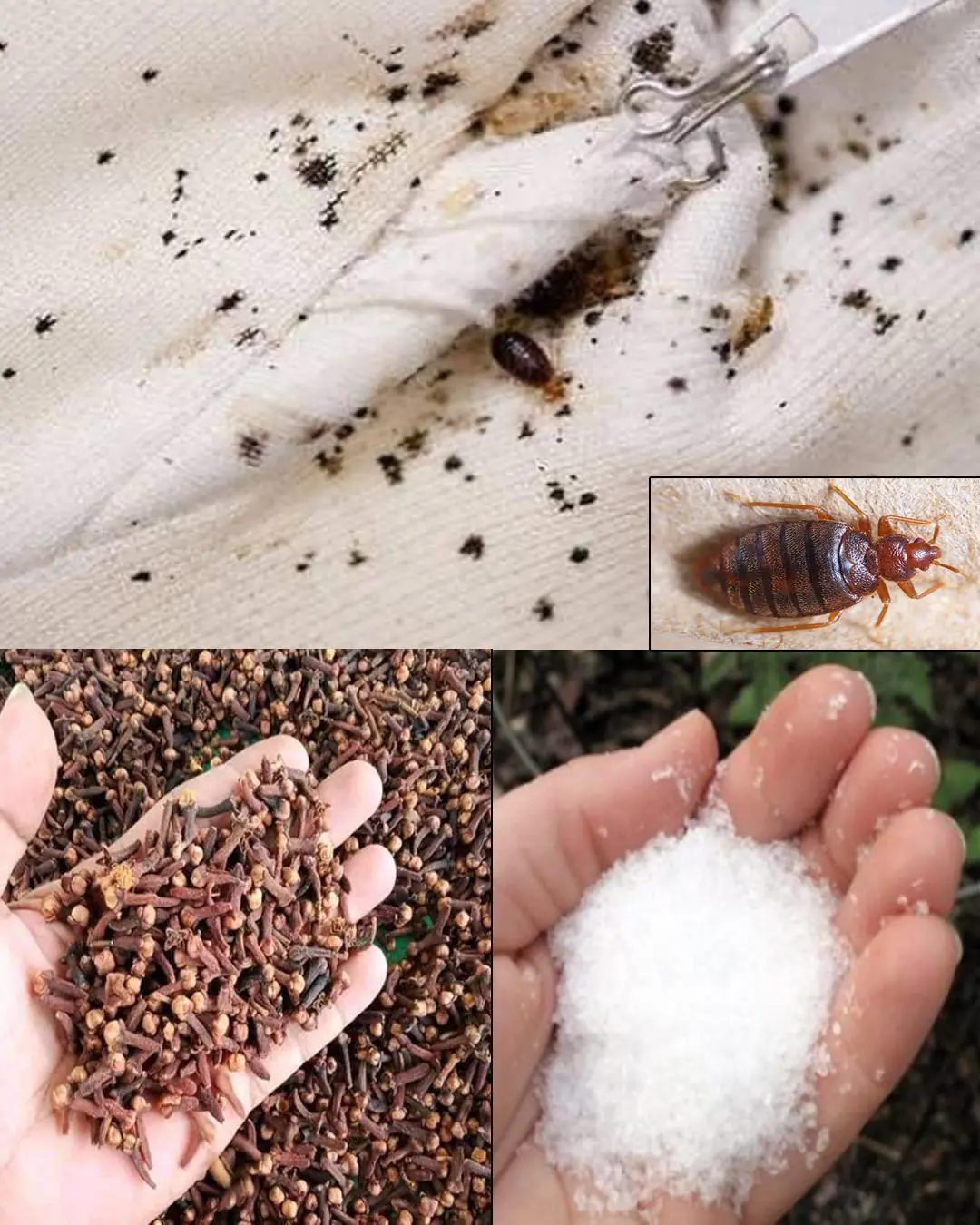
How to Quickly Get Rid of Bed Bugs, Cockroaches, Fruit Flies, and Other Insects Using Natural Ingredients

Fig Leaves: Surprising Benefits and Uses

BREAKING NEWS 🚨 Due To This Hunter’s Moon Earth Will Be Completely…See More

BREAKING NEWS 🚨 Due To This Hunter’s Moon Earth Will Be Completely…See More

BREAKING NEWS 🚨 Due To This Draconid Meteor Shower Earth Will Be Badly Effected Because…..See More

BREAKING NEWS 🚨 Due To This Hunter’s Moon Earth Will Be Completely…See More

Almost 30,000,000 Apple and Samsung users could claim part of huge £480,000,000 payout

Xbox users all say same thing following GameStop's decision to keep Xbox Gamepass at $19.99

Apple just added a new app to iPhone with iOS 26 and most people have no idea

Creators of ChatGPT reveal 44 jobs at highest risk of being taken over by AI in future

Lard vs. Cooking Oil: Which Is Better? Many People Still Misunderstand This Issue

Miraculous: Placing an Orange Beside Your Bed Can Surprisingly Improve Your Health

If You See Someone With Prominent Blue Veins, You Definitely Need to Tell Them This—It Could Save Their Life
